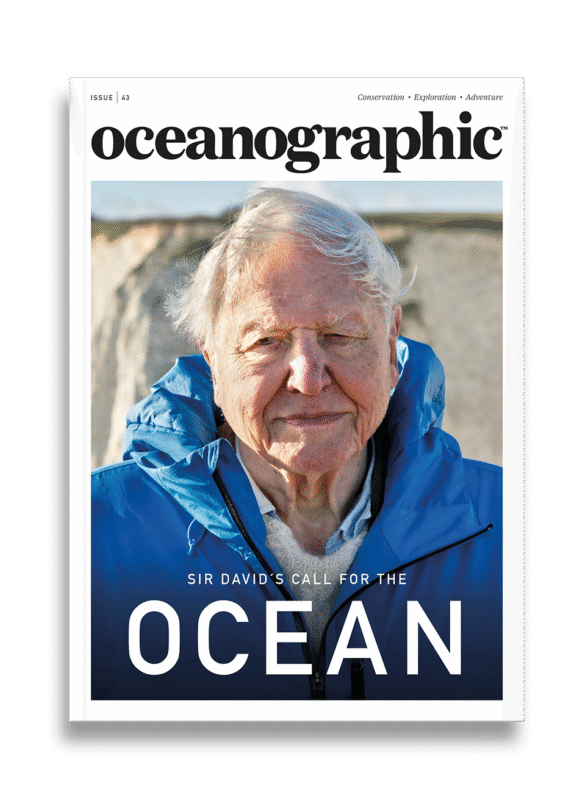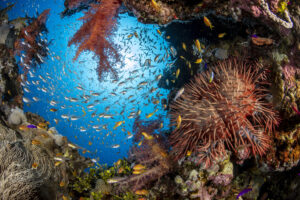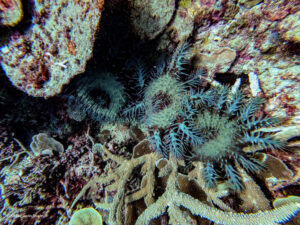Demand for shark meat doubles despite species extinction threat
The IUCN has warned that while we understand more about the species than ever before, the scale of decline across sharks, rays, and chimaera is still outstripping improvements to protect them through research and policy.
The global demand for shark meat has nearly doubled in the last 20 years despite sharks, rays, and chimaera being among the most threatened vertebrates on the planet and one third of all species now facing the very real threat of extinction, according to the latest report from the IUCN Species Survival Commission Shark Specialist Group.
Building on the last time the Shark Specialist division of the IUCN issued its status report on sharks, rays, and chimaera back in 2005, the group has warned that while we understand more about the species than ever before, the scale of their declines is still outstripping improvements to protect them through research and policy.
Around the world, the species is still used as a commodity across cultures, including in Oman where shark liver oil is used in traditional eyeliner; Indonesia where shark and ray skins are packaged as crisps; or in the USA where skate is a seafood equivalent to buffalo wings in restaurants – alongside mako and thresher sharks.
Closer to home, and in Europe – the report illustrates – that you can “still sling a luxury stingray skin bag over your shoulder as you sample shark meat sold as European conger, order veau de mer in France, and find ray cheeks sold as a delicacy in Belgium.”
Ray and shark skins are fashioned into shoes, wallets, belts, handbags, and purses in Thailand, while in Yemen the corneas of shark eyes have been reportedly used for human transplant and the cartilage is marketed as a cure “to all sorts of human ailments.”
At more than 2,000 pages long, the latest IUCN report provides country-by-country insights to consolidate the biology, fisheries, trade, conservation efforts, and policy reforms for sharks, rays, and chimaera across 158 countries and jurisdictions.
It highlights that in the last 20 years, since the launch of the 2005 report, the global demand for shark meat has nearly doubled, with the value of shark and ray meat now 1.7 times the value of the global fin trade. Over that time, the trade has diversified significantly and today, products such as ray gill plates, liver oil, and skins, are valued at nearly $1bn each year.
Sarah Fowler, a scientific advisor at Save Our Seas Foundation, who led the 2005 report’s publication and contributed to this year’s version, said: “The conservation and management of sharks is difficult for a variety of reasons, but many governments are breaking down the silos that separate how we deal with sharks and rays as fisheries resource, and as wildlife to conserve.”

Overfishing is driving most species to extinction. Indonesia, Spain, and India are the world’s largest shark fishing nations, while Mexico and the USA are within the top five shark catchers, despite only 26% of the species globally actually being targeted. Most are caught – and retained – as bycatch, an unintended consequence of unsustainable fishing practices that has led to huge population declines within numbers of rhino rays (such as wedgefish), whiprays, angel sharks, and gulper sharks.
“Nearly 20 years after the first report, there have been drastic changes, with sharks and rays now among the most threatened vertebrates on the planet,” said Alexandra Morata, the IUCN Species Survival Commission Shark Specialist Group programme officer.
However, armed with two decades of research and major policy changes means that solutions are now outlined country by country which can be used to guide governments to implement conservation action and make fisheries sustainable.
“This report is a call to action so we can work together and make each of the country recommendations a reality, especially those relating to responsible fisheries management,” said Dr Rima Jabado, the IUCN Species Survival Commission deputy chair and Shark Specialist Group chair who led the 2024 report.
“It is the only way these species will survive and continue to thrive in aquatic ecosystems.”
Scientists are only beginning to decipher the role that sharks, rays, chimaeras play in delivering life-supporting resources and services; including the cycle of nutrients around the ocean, while others help us fight climate change by acting as carbon sinks or maintaining carbon sequestring ecosystems like mangroves. They also underpin food security in vulnerable coastal communities while in some developing nations, fishers have reported that more than 80% of their income depends on shark and ray fisheries.
“The report is also a reflection of the tremendous dedication of scientists, researchers, and conservationists who are working as a community to contribute to conservation and make a lasting change,” said Dr Jabado. “The message is clear, with the precarious state of many of these species, we cannot afford to wait.”


"*" indicates required fields
Printed editions
Current issue
Back issues

Back Issues
Issue 43 Sir David Attenborough’s ‘Ocean’

Back Issues
Issue 41 Holdfast to the canopy
Enjoy so much more from Oceanographic Magazine by becoming a subscriber.
A range of subscription options are available.








